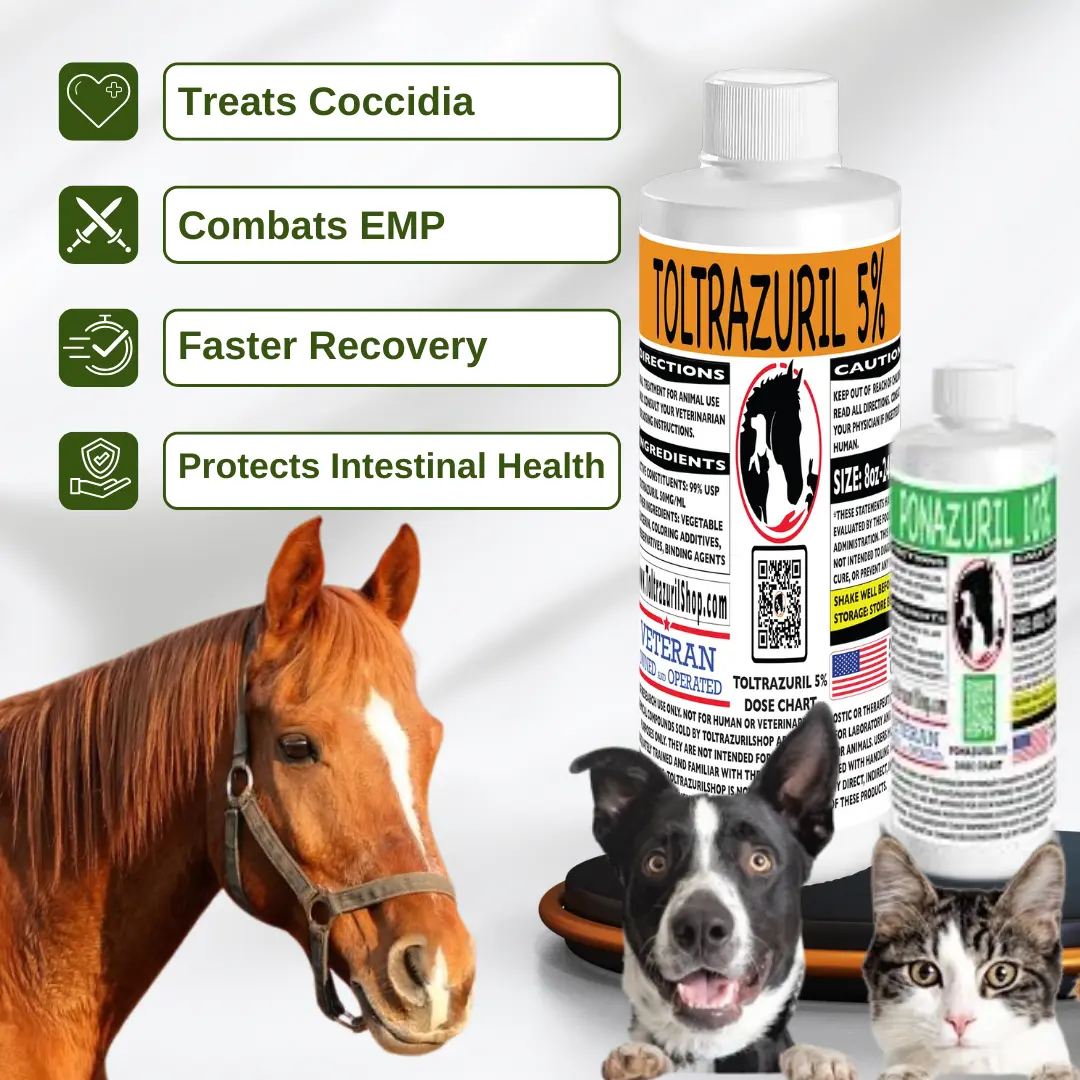No products in the cart.
Coccidia Oocysts in Dogs: Spread and Prevention
Understanding Coccidia Oocysts in Dogs is vital because these microscopic structures are the infectious stage of the parasite. Recognizing how they function, spread, and persist in the environment helps dog owners and veterinarians manage diagnosis, treatment, and prevention effectively.
Coccidia Oocysts in Dogs
This section introduces what coccidia oocysts are and why they are central to the lifecycle and transmission of the parasite.
What Are Coccidia Oocysts and How Do They Function in the Parasite’s Life Cycle?
Coccidia oocysts are microscopic egg-like structures produced in a dog’s intestine during the parasite’s lifecycle. Initially non-infective, these oocysts are passed in the dog’s feces and become infectious after spending time in warm, moist conditions. Once mature, each oocyst releases sporozoites in the next host’s intestines, restarting the cycle.
The Role of Oocysts in Coccidia Infection and Transmission
Oocysts are the main agents of transmission, enabling the parasite to spread from one dog to another. Once in the environment, they pose a risk to other dogs, especially puppies and those with weaker immune systems.
Coccidia Oocysts in the Feces of Dogs
Fecal shedding of oocysts is key to both diagnosis and transmission.
How Coccidia Oocysts Are Shed in Dog Feces
Dogs pass unsporulated oocysts in their feces. These are not immediately infectious but can sporulate and become infective within hours or days under suitable conditions. This shedding contributes to widespread contamination.
Fecal Examinations for Detecting Coccidia Oocysts and Their Importance in Diagnosis
Veterinarians commonly use fecal flotation tests to detect oocysts. Because shedding may be intermittent, repeat testing may sometimes be required to confirm an infection.
How Coccidia Oocysts Affect the Environment
Once outside the host, oocysts can survive for long periods.
The Survival of Coccidia Oocysts in the Environment and Risk of Reinfection
Infective oocysts are extremely resilient. They can survive for many months in moist, shaded environments and resist most disinfectants. This makes reinfection highly likely in contaminated areas.
Preventing Environmental Contamination by Coccidia Oocysts
Removing feces quickly is the best way to prevent contamination. Once sporulated, oocysts must be destroyed using methods like ammonia-based cleaning solutions or steam cleaning, as typical disinfectants are ineffective.
Coccidial Oocysts in Dogs: How They Spread
Understanding transmission is key for prevention.
How Coccidia Oocysts Are Transmitted Between Dogs and Other Animals
Transmission is primarily fecal-oral. Dogs become infected by ingesting sporulated oocysts from contaminated soil, food, water, or surfaces. Occasionally, infection may occur when dogs eat small prey carrying oocysts.
The Role of Contaminated Surfaces and Feces in Coccidia Spread
Oocysts survive on surfaces such as kennel floors, yards, and even feeding bowls. Dogs can ingest them accidentally when sniffing or licking contaminated areas, continuing the infection cycle.
Managing Coccidia Oocysts in Dogs
Sanitation is essential for controlling coccidia.
Effective Cleaning Practices to Prevent Coccidia Oocyst Contamination
The most effective strategies include prompt removal of feces, deep cleaning with ammonia-based products, steam cleaning, and disinfecting bowls and bedding. In some cases, sealing surfaces can help prevent oocyst build-up.
Tips for Reducing the Risk of Coccidia Reinfection in Your Home
Keep your dog’s living area clean and dry, regularly disinfect food and water bowls, and avoid letting dogs drink from puddles or stagnant water. Preventing hunting behavior can also reduce risk.
Coccidia Oocysts and Treatment of Infected Dogs
Treatment must address both the infection and environmental contamination.
How the Presence of Coccidia Oocysts Affects Treatment Plans for Infected Dogs
When oocysts are found, veterinarians may prescribe medications such as sulfadimethoxine. Treatment often depends on the severity of symptoms and the dog’s age and health.
Treating Infected Dogs and Eliminating Oocyst Contamination from the Environment
Successful treatment involves giving prescribed medications, bathing the dog to remove any oocysts from its coat, and disinfecting the environment to prevent reinfection.
Conclusion
Coccidia oocysts in dogs are central to the spread of infection. They are shed in feces, survive harsh environmental conditions, and easily reinfect animals. Controlling the parasite requires a combination of veterinary treatment, responsible hygiene, and environmental sanitation.
FAQs
Can dogs transmit coccidia to humans?
No. The species of coccidia that infect dogs do not infect humans.
How quickly do oocysts become infectious?
They can become infectious within hours to a few days depending on environmental conditions.
What cleaners can kill coccidia oocysts?
Ammonia-based cleaners and steam cleaning are effective. Regular disinfectants usually don’t work.
Why should dogs be bathed after treatment?
Bathing removes oocysts from the fur that could otherwise recontaminate the home.
Where do oocysts survive the longest?
They survive best in warm, moist, shaded areas where they may remain infectious for months.
References
- Cornell University College of Veterinary Medicine – Coccidia in Dogs
- Companion Animal Parasite Council – Coccidia Guidelines
- Merck Veterinary Manual – Overview of Coccidiosis in Animals
Next Steps
- Learn more in: How to Identify Coccidia in Puppies and Dogs


